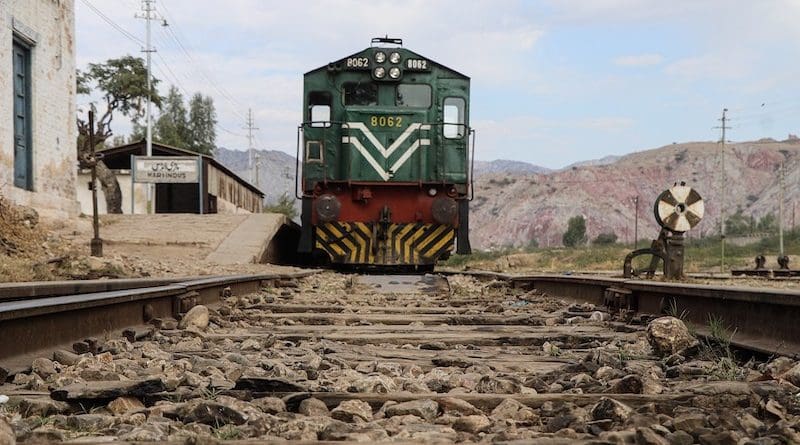Privatization In Pakistan: A Missed Opportunity – OpEd
Privatization sometimes is called denationalisation is again a buzz word in Pakistan in the midst of economic pains as the government has initiated to run the PIA through public private partnership.
In the late 1980s, when the country was in economic fragility and the SOEs (state- owned enterprise) were becoming burden on state economy, different governments started privatization of the SOEs in the country in which the first privatization plan was started under the banner of 7th five years plan. From 1988 to 2000s Pakistan privatized 167 enterprises and organizations that raised Rs 467 billion. It included textiles fertilizers, Ghee mills, banking sector, chemicals, cement, rice and light engineering sectors, etc.
The incumbent Privatization Minister Aleem Khan has said that 15 to 20 SOEs to be privatized immediately. Let’s have a look on some SOEs that are proving fatal for state economy. For instance, there are 10 Discos (state owned distribution companies) in Pakistan. The losses of these Discos are 34 percent which include 17 percent losses in distribution while 17 percent losses are related to bills which are not collected.
Secondly, Pakistan Railways loss was Rs 55 billion in FY 2023 whereas in past 15 years governments have provided Rs 783 billion to this SOE in subsidy. Apart from this, Pakistan Steel Mills (PSM) is another SOE that has been provided fuel to the economic meltdown of the country. For instance, 206 billion were pumped into it as subsidy last year.
Despite this, gas sector is also injecting venom to economy. There are two Sui companies in the country which are also in dire need of privatization. These companies have a huge issue of UFG (unaccounted for gas) where 400 mmfcd is lost. It is unknow where the gas is gone? Whether is it stolen or leaked? Its total loss is 200 million USD per month.
The PIA is another loss making SOE. It suffered Rs 60 billion loss in the first half of 2023 which jumped to Rs 112 billion at the end of fiscal year. This has over 500 employees per aircraft while the standard is 50. It has 7200 regular employees despite daily wages workers.
Loss-making SOEs must be privatized. These SOEs contributed to 7 percent of the GDP deficit in 2020. While, government allocated Rs 2.542 trillion to support loss making SOEs between 2018 to 2022. In 2023 the losses of SOEs were Rs 2.5 trillion.
We have a successful experience of privatization. For instance, the telecom sector which was once in loss is now contributes to 2.7% of the GDP after its privatization. The ex-minister for privatization Fawad Hassan Fawad expected that the PSM capacity will be increased from 1.1 million tons to 3 million tonns.
Privatization may bring some easiness for country,s ailing economy but it is not the complete panacea for all ills. It is a temporal relief. Privatization has been in process since 1980s before which nationalization had also taken place but, the state,s economy is still on ventilator despite nationalizatoon and privatization for almost 4 decades.
How to recover economy demands ending tax exemption, pausing corruption, eradicating bad governance, evolution of economic policies, political stability, and ending subsidies. In the midst of these ills, privatization would not be much fruitful. Merely focusing on privatization will not be as beneficial as it is seen.

